ART CITIES: Zurich-Torbjørn Rødland
 Over the last two decades, Torbjørn Rødland has created a body of images in which precision and critical rigor co-exist with an erotic, improvisational intensity that evades the reach of language. This standoff between divergent ways of seeing, and between intellectual and intuitive modes of perception, places the unpredictable physicality of the world at the center of his work.
Over the last two decades, Torbjørn Rødland has created a body of images in which precision and critical rigor co-exist with an erotic, improvisational intensity that evades the reach of language. This standoff between divergent ways of seeing, and between intellectual and intuitive modes of perception, places the unpredictable physicality of the world at the center of his work.
By Efi Michalarou
Photo: Galerie Eva Presenhuber Archive
Torbjørn Rødland’s images are dependent upon a willingness to wrestle with the diversity of life as a constantly evolving system of physical phenomena, emotional reaction, and cultural exchange. Sex and religion, tenderness and vulgarity, art and pop culture, intuition and intellect: they all commingle in Rødland’s work. Together, they create a world in which photography manages that which art is at its best: a game involving imagination, memory, and association that better captures our time than any other form of documentation. Torbjørn Rødland’s new photographic works that are on show in his solo exhibition “Old Shep” revolve around the theme of time. His motifs depict people, plants, and things in moments of transition and disappearance—predetermined breaking points where one stage of life ends, and another begins. Bright pink and rose-colored flowers in a garden, the blossoms slightly droopy, supported by a piece of wood. A heavy old man, rustic with a beard and hat, seeking support from a huge tree trunk with a rippling lake in the background. An earthy, hilly landscape containing a chair, torn like a white skeleton. Inherent in all these images is a haunting vanitas symbolism, an atmosphere of transience, transformation, and ultimately death. Rødland chose the sad Elvis song “Old Shep” as the exhibition title. The song tells the story of a boy with his dog, who spends his life by his side and eventually dies. It forms something like the background music which lends a melancholic undertone to Rødland’s intensely luminous and clearly composed imagery. As so often in his work, Rødland responds to the aesthetics of classical visual art, frequently touching upon the structure and subject matter of sacred imagery. From the elegant composition and lush lighting to motifs such as that of mother and child, Rødland appeals to our general visual memory, but not without disrupting it in an almost surrealist manner. The mother is reduced to her heavy, exposed breasts, which hang in a suggestive manner above the baby, on whose cheek a tear of milk can be seen. The simple interior, a chair and metal candlestick in front of the window, has something ghostly about it since the chair seems to float—yet Rødland has only leaned it, tilting against the wall. The broken eggshells also appear feather-light and almost otherworldly. In their seductive and at the same time morbid symbolism, they convey a psychological dimension that lies beyond the depicted event despite the fact that, at first glance, Rødland’s photographs appear so easily tangible in their often pop imagery. Born and raised in Norway, Rødland has been living in Los Angeles for a long time. His intensely suffused imagery is reminiscent of the artificial, clichéd scenarios of Hollywood which the artist constantly subverts. A dark and mysterious undertone emanates from all his works: the toddler standing alone with a lost gaze, holding a Japanese knife to his cheek, or the red dancing shoes with white dotted socks that could be from a 1950s musical, subduing the white dog with curly fur. As delicate and harmless, or as innocent and playful as some of his stagings appear, when viewed only cursorily, the potential for danger and violence is palpable in Rødland’s photographs. Through, the use of encoded symbols, Rødland takes a broader perspective than sticking solely to the smooth world he momentarily unfolds before us, reminiscent of the kind art history used in the form of mirrors, fruit, animals or lighting within still lifes and portraiture. Photography is the all-consuming medium of our present era; the camera is an omnipresent tool that almost universally dominates our everyday lives: Rødland undermines any inflationary image production by inscribing a sense of deceleration in his photographs which, with the theme of transience, he takes to an extreme. His images force the viewer to pause and reflect, though it is not always easy to linger over the sometimes irritating and often strange stagings. But it is precisely this play with the stop-and-go of the gaze, with the back and forth of temporality, into which his kaleidoscope of pictorial-historical extensions throws us. Superficiality is not his thing. The sense of slowness in Rødland’s work is diametrically opposed to the insane pace and immense overproduction of the medium today, making the palpable old theme of death inherent in photography still relevant—all the more so in an era where images disappear faster than they can unfold in space and time.
Photo: Torbjørn Rødland, Stolen Shells, 2022, Chromogenic print on Kodak Endura paper, Ed. 1/3 + 1 AP, Image 110 x 140 cm / 43 1/4 x 55 1/8 in, © Torbjørn Rødland, Courtesy the artist and Galerie Eva Presenhuber
Info: Galerie Eva Presenhuber, Zahnradstrasse 21, Zurich, Switzerland, Duration: 14/1-11/3/2023, Days & Hours: Wed-Fri 12:00-18:00, Sat 11:00-17:00, https://www.presenhuber.com/
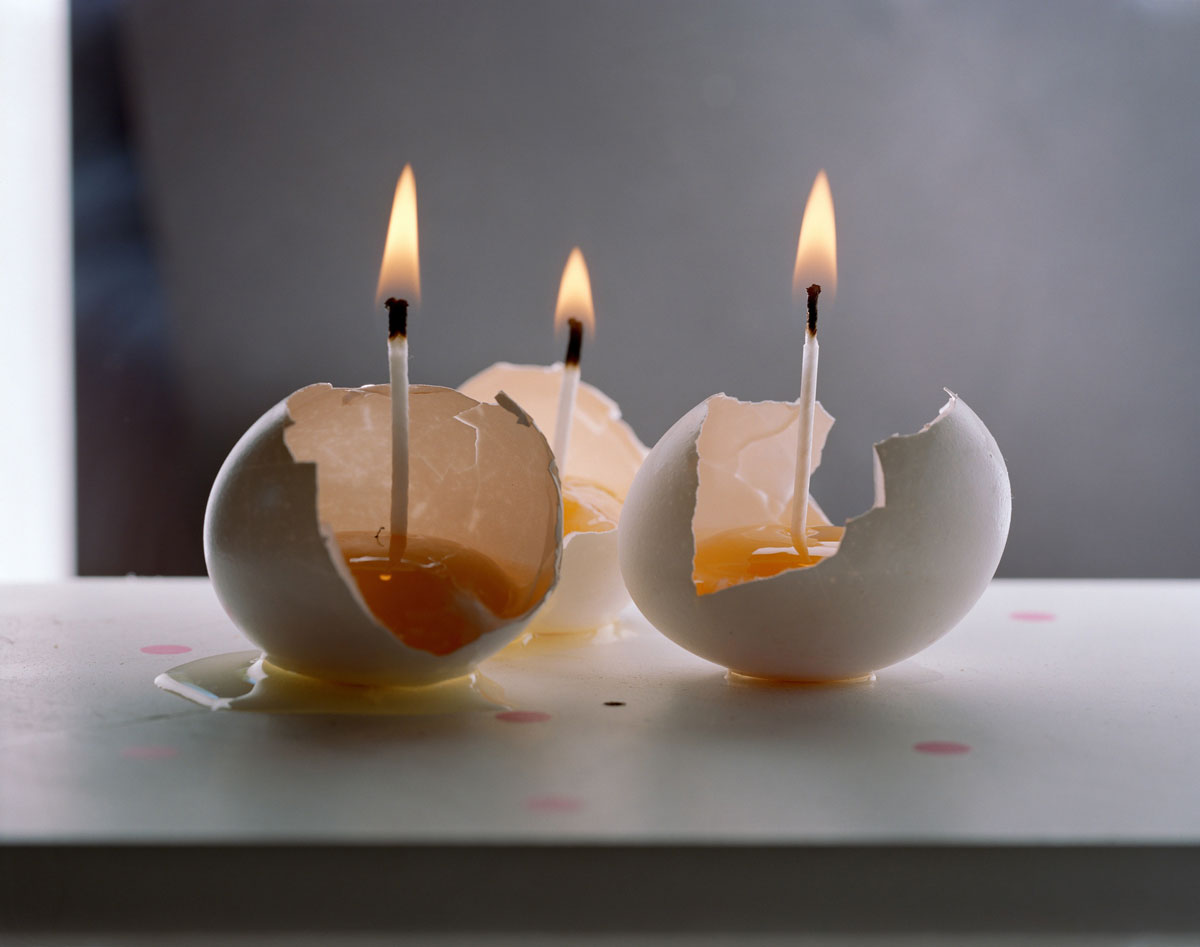

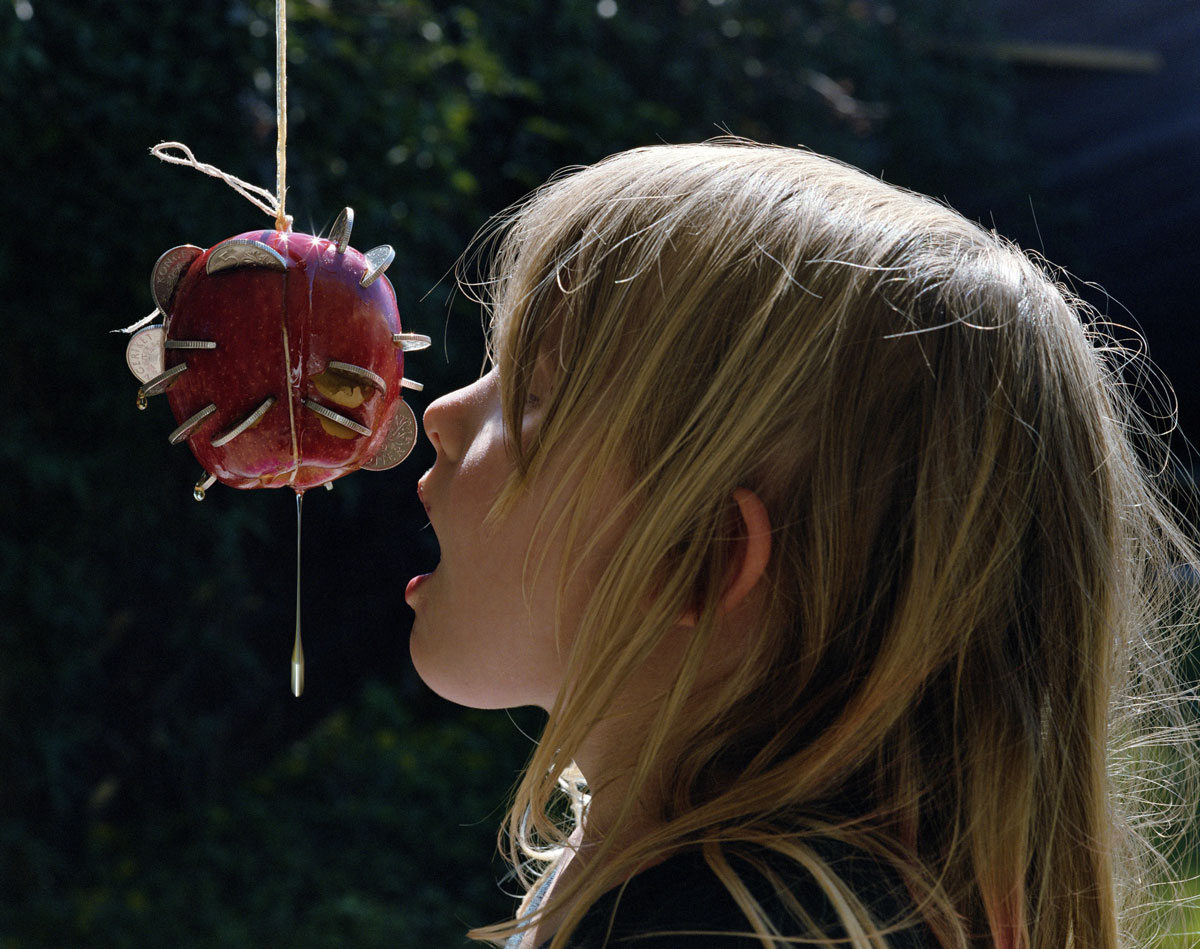
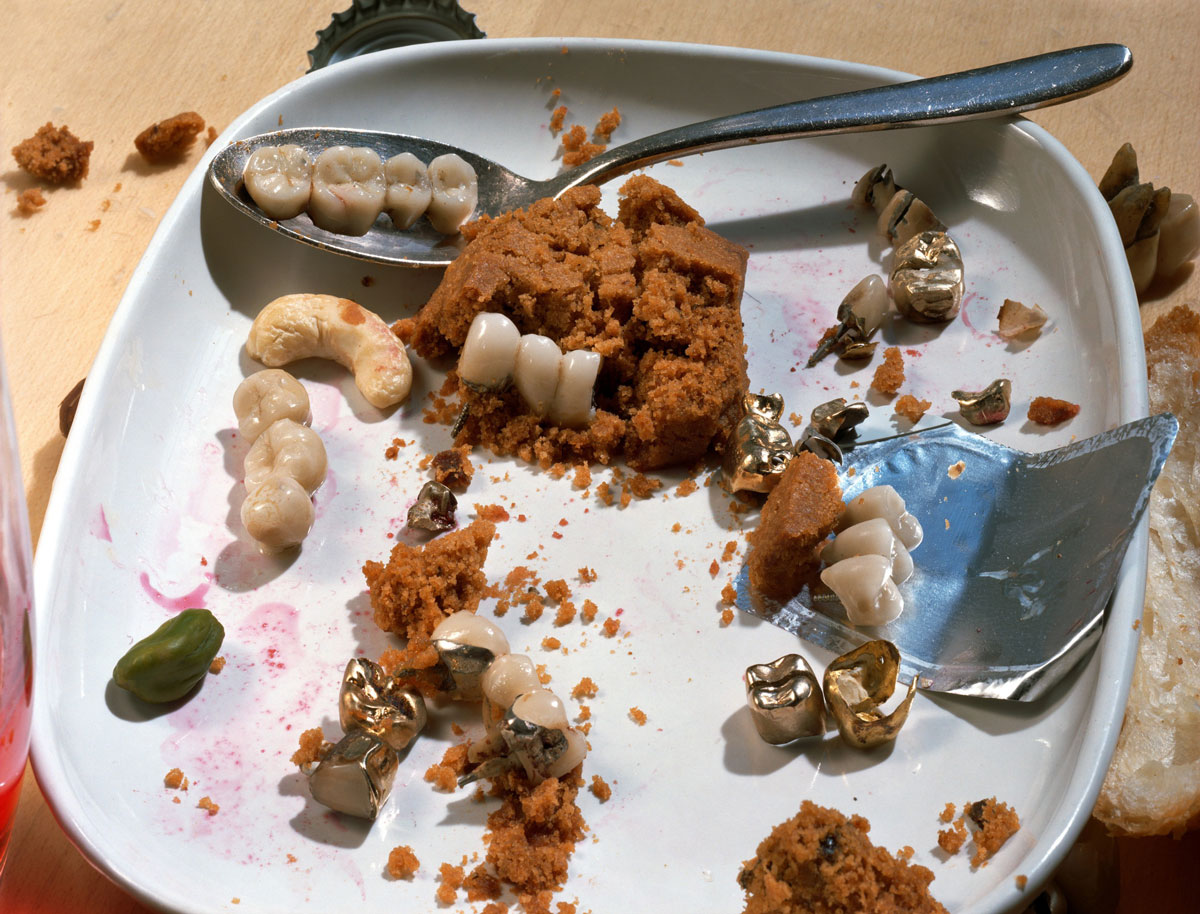
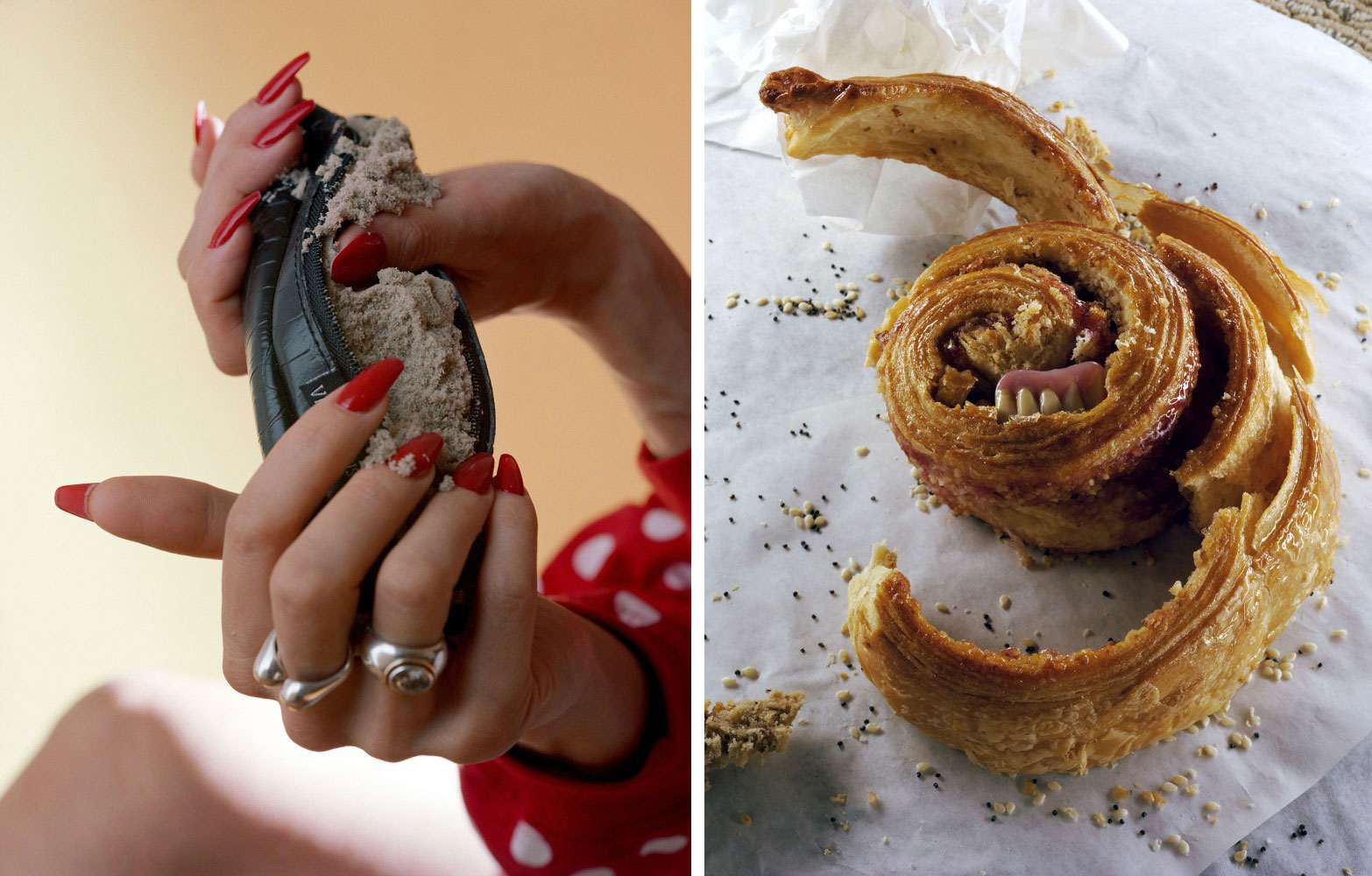
Right: Torbjørn Rødland, Cinnamon Roll, 2015, Chromogenic print, 105 x 80 cm / 41 3/8 x 31 1/2 in, © Torbjørn Rødland, Courtesy the artist and Galerie Eva Presenhuber
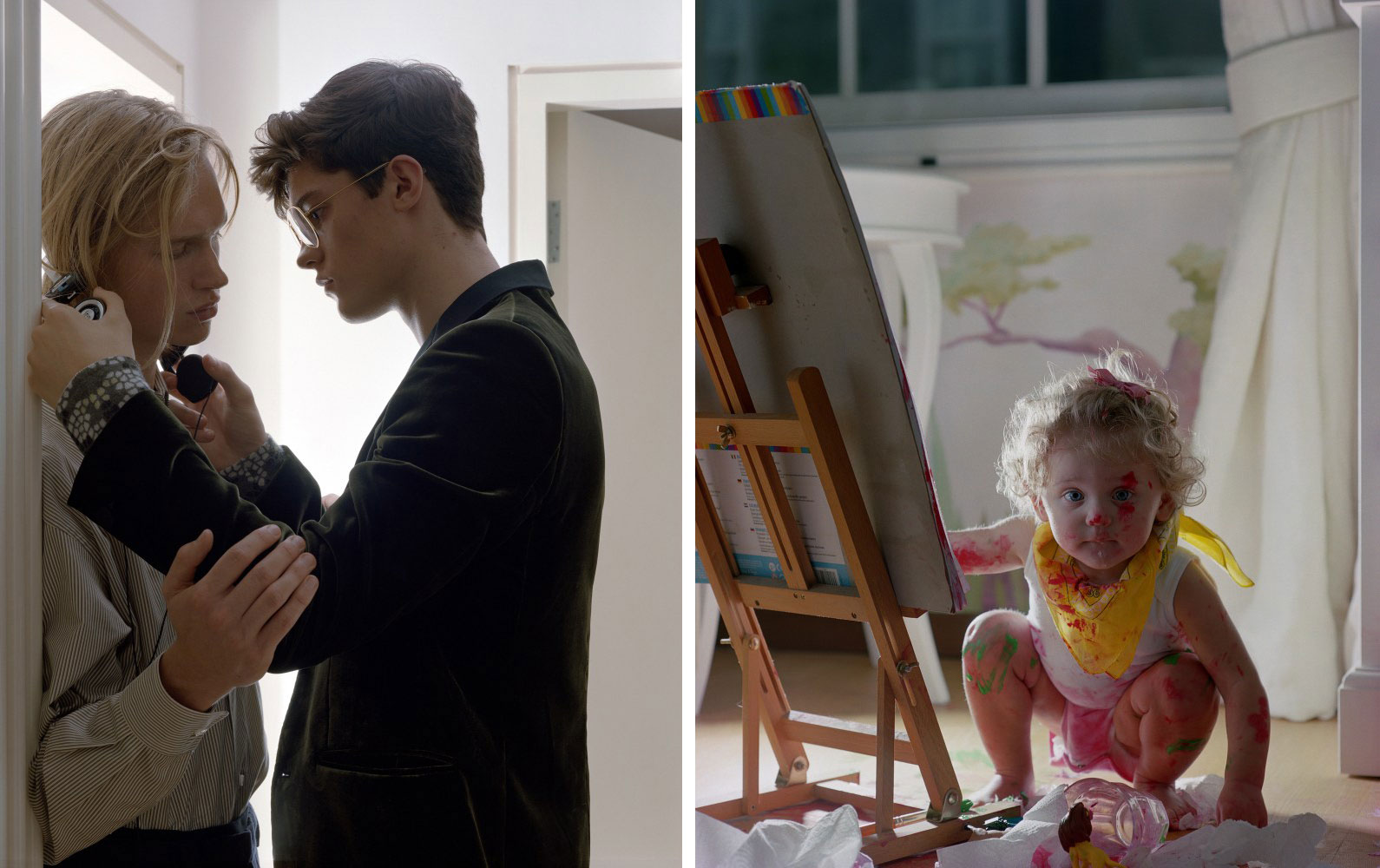
Right: Torbjørn Rødland, Allegory of Painting no. 2, 2020, Chromogenic print, 76 x 60 cm / 29 7/8 x 23 5/8 in, © Torbjørn Rødland, Courtesy the artist and Galerie Eva Presenhuber
